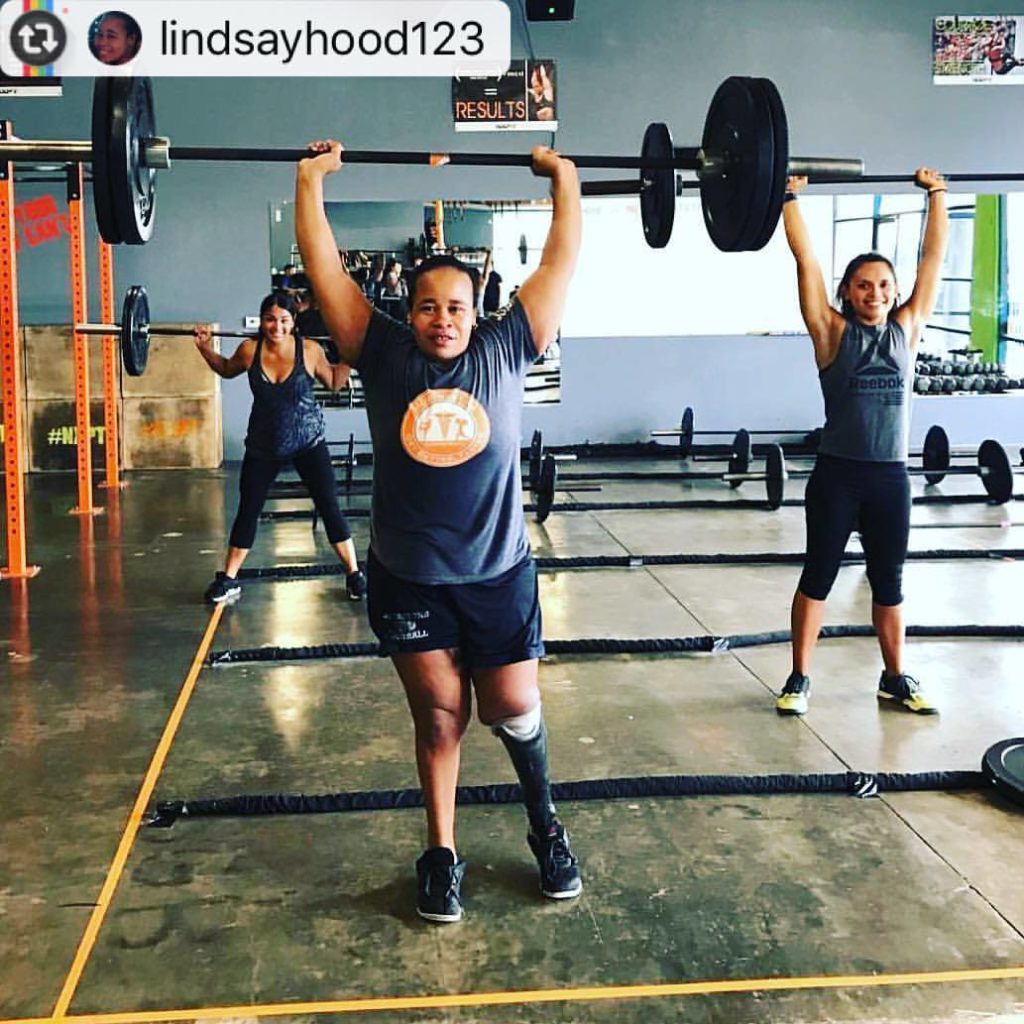 Please share and inspire others!
Please share and inspire others! What is Pain?
Warriors, this time we were right.
As a Doctor of Physical Therapy, I live to ask questions. When someone comes into my clinic they are rarely 100% transparent. The conversation always starts with physical pain. It is the easiest pain to talk about. They feel comfortable talking about the physical pain because it seems more tangible.
This is only scratching the surface of where I am going with them. As soon as I start weaving my Warrior web, I know there is mental and emotional health dying to come out.
This is important because understanding pain is my job. It turns out, physical pain is just a symptom of the perception of the mental, physical, and emotional pain you feel. Having low back pain can be debilitating. The pain, however, is compounded by the emotional drain, mental stress, and poor self-worth that you feel by the lack of empowerment in your life.
The Warrior way is about holding yourself accountable. Knowing that physical pain is merely a symptom of your self-worth gives you more options. Changing your behavior is the first step to healing.
I have known this all along but this weekend, a chance encounter with an adaptive athlete solidified this belief.
Phantom Limb Syndrome
At a half marathon for the Challenged Athlete Foundation I met an athlete with a below the knee amputation. He suffered from phantom limb syndrome, a neurological condition that creates severe pain for amputees in a limb that no longer exists. The pain is excruciating.
As he described his story, the pain he dealt with every morning, feeling his leg snap in half even though it did not exist, sent me on a chase to understand the neurological component of pain.
I detailed this athlete’s experience, how it relates to chronic lower back pain, and why healing goes deeper than the joints and tissues.
Pain science is important to healing. You can read the full article by clicking here.
Click to follow me!